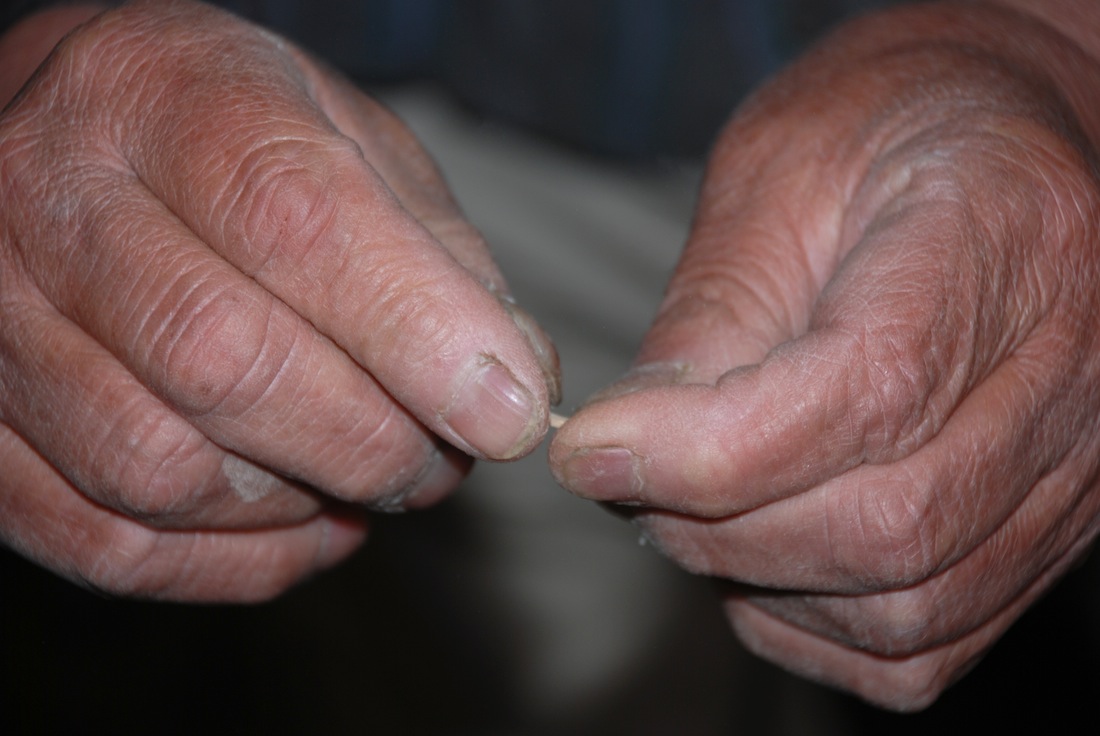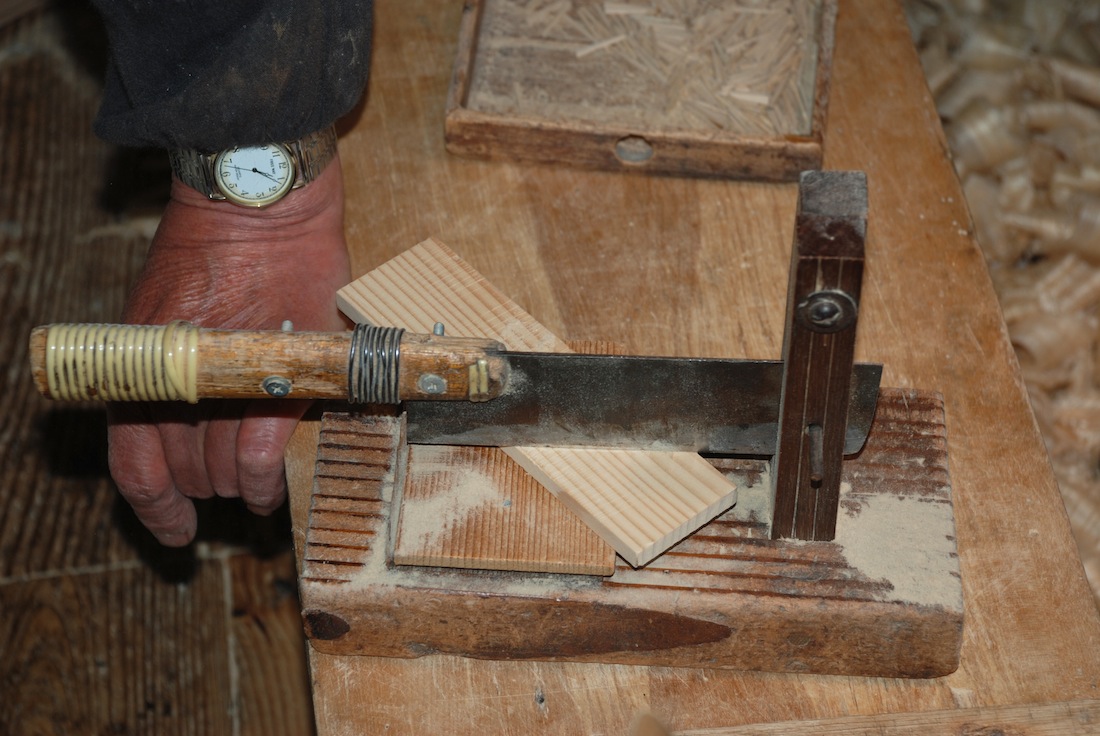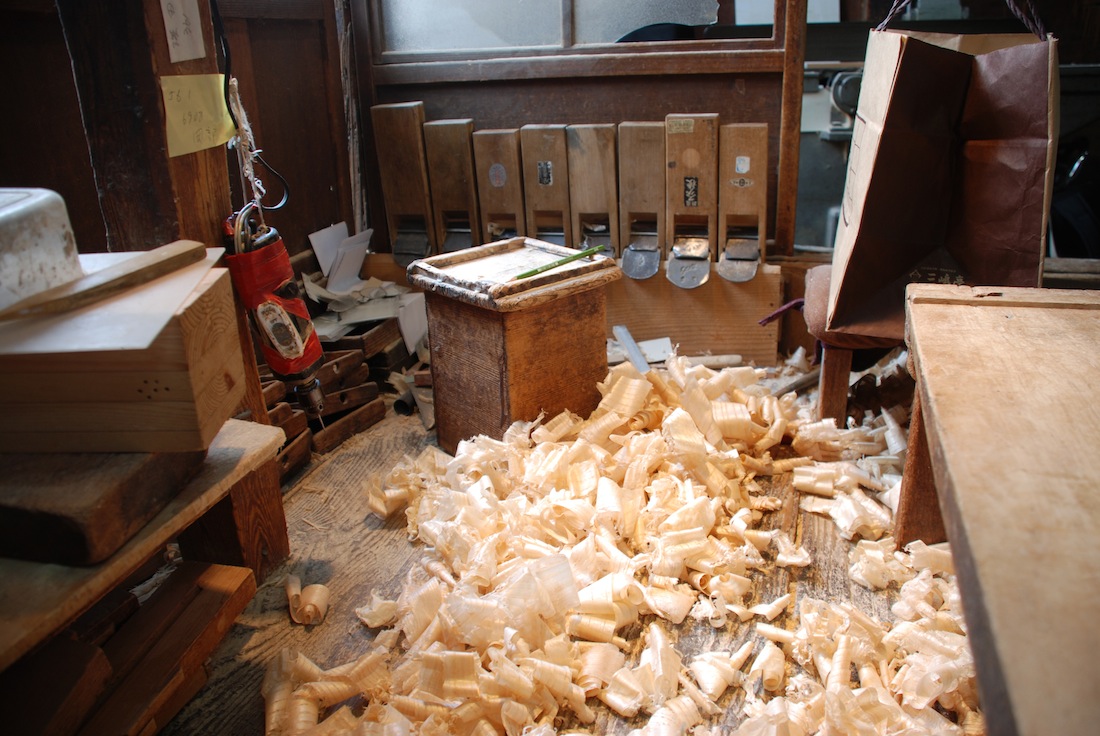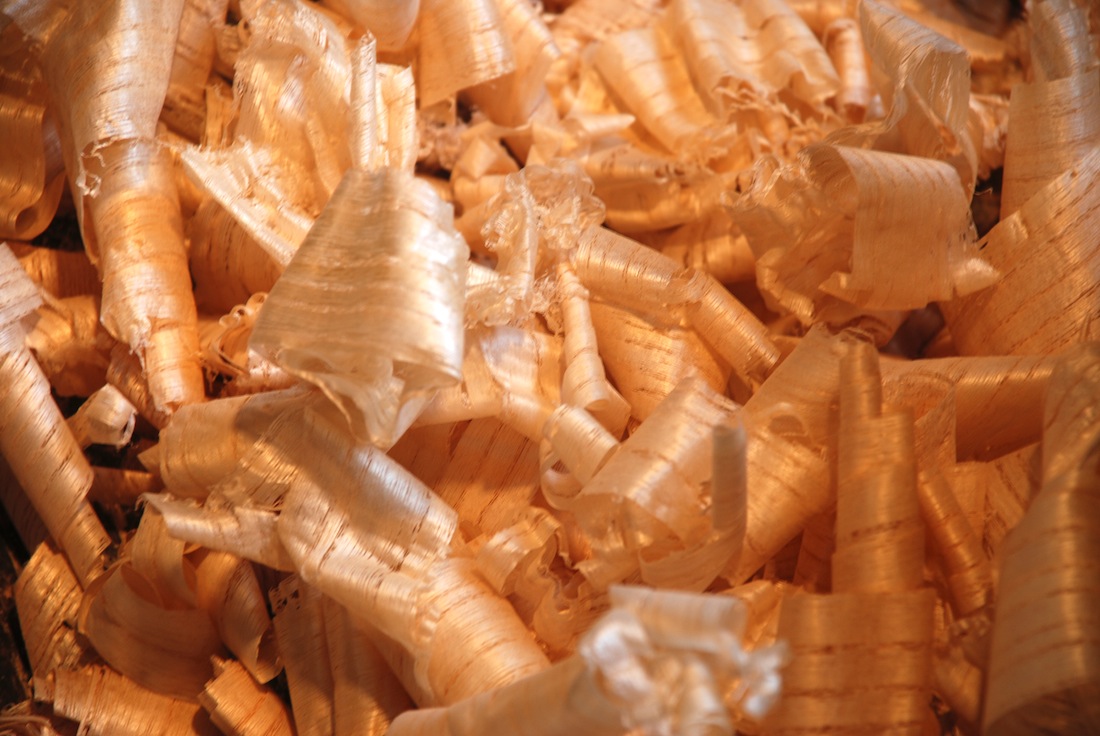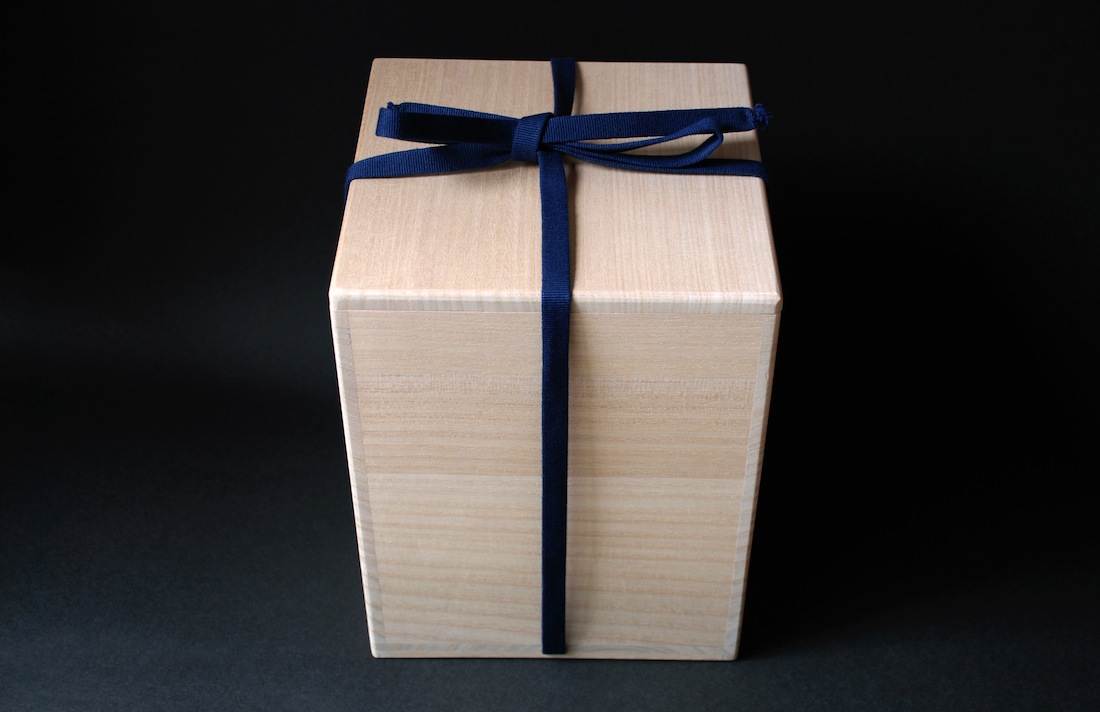These are the Hands that Build
Upon completion of my exhibition in Kyoto this March, the pieces sold were measured, and the dimensions were forwarded to a Kyoto box maker. It is tradition in Japan for ceramics to be presented to the buyer in a paulownia wood box ('kiribako' in Japanese). An introduction to this Japanese custom allowed me access to part of the Kyoto craft world that an expatriate would not typically have. Two generations of box makers, Yamamoto-san (Mr. Yamamoto) carries on the legacy of making hand-crafted wooden boxes from paulownia, cedar, and pine wood. Yamamoto-san took over the family box making business from his father, and has made work for some of Japan's most famous ceramic artists, including Kawai Kanjiro (1890-1966), one of Kyoto's most revered potters. His boxes are typically used to house and protect ceramics, textiles, paper, and metal tools. At 79 years of age, Yamamoto-san is a master and a living example of one of the many things that make Kyoto a special place. He is a significant component in Japan's ongoing effort to preserve its cultural heritage. I believe Japan is second to no other country in this regard.
Image #1 shows Yamamoto-san holding one of his hand-crafted wooden nails. Image #2 shows Yamamoto-san demonstrating the use of his Japanese hand saw. Image #3 shows my wife and translator, Justine, viewing a recently completed cedar wood box for containing textiles. Image #4 shows Yamamoto-san's hand-built contraption for making wooden nails. Image #5 shows the box studio and some of Yamamoto-san's hand-built planing tools. Image #6 captures a pile of gorgeous paulownia wood shavings. Image #7 and #8 show some of the finished paulownia wood boxes Yamamoto-san made to fit my porcelain work. Next week's post will illustrate additional paulownia boxes signed and stamped alongside the works they now hold.
